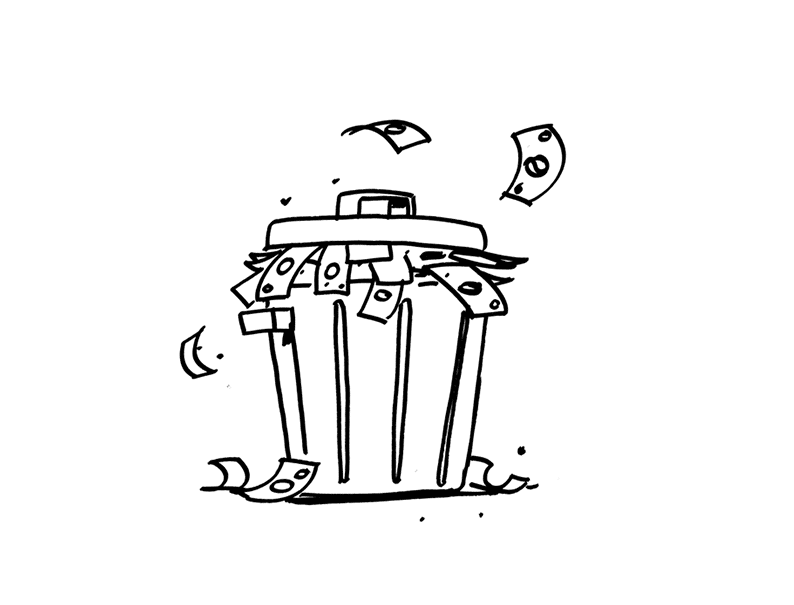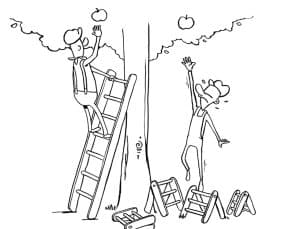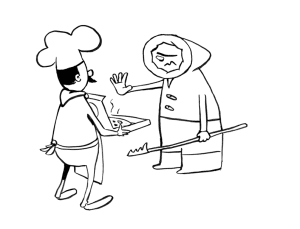Innovation Fact 14 – Waste is money

Striving for a circular economy is currently a major trend. So what to do with generated waste streams? Whether you run a chemical plant, a restaurant, or another business, waste is often overlooked. What is of no use for you can still be valuable to someone else. A cost might become a revenue. Waste is money.
Waste is money
While the idea of your waste being a resource for someone else has been around for years now, it is not always an easy concept to achieve. At its core, waste management remains a story of cost versus profit. Not so long ago, we didn’t deeply question industrial waste flowing into our rivers. There were no clear ecological frameworks and it was much cheaper to dump waste than it was to repurpose it.
Only later, the real cost of pollution became clear. Environmental guidelines and associated costs forced companies to process these by-products themselves, giving them an incentive to audit their waste stream. It can pay off to put some effort into identifying partners who are keen to take your waste and use it as a source material for their product.
Culture changes over time. Today’s society has a different morality than it had in the past. This will not be different for our society in the future. Things that we now find normal will completely disappear, or will at least be frowned upon.
Are we still going to be stuck in the exhaust fumes from miles of traffic jams on the way to work? Will we look back in amazement at the time when we transported ourselves by burning scarce and polluting fossil fuels?
Circular economy
Of course the ultimate goal is to go fully circular. Therefore you need to consider the end-of-life of your product while designing it. The so called cradle-to-cradle principle. Applying this methodology is not only better for the environment, it often is also the more profitable option. If applied well, your product will still be quite valuable at the end of its lifecycle. So companies actually want their old cradle-to-cradle designed products back because they contain valuable materials which they can re-introduce in a new product version.
For this principle to become the standard approach we still need some changes in our legislations and supply chain hierarchy. But maybe we can start by simply asking: What value has my waste and for who?
Download all of the innovation facts





